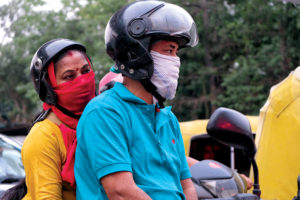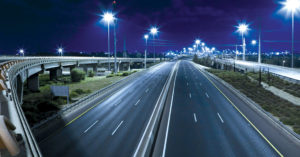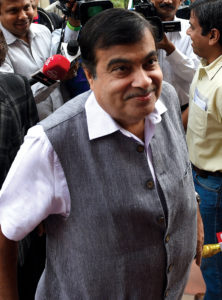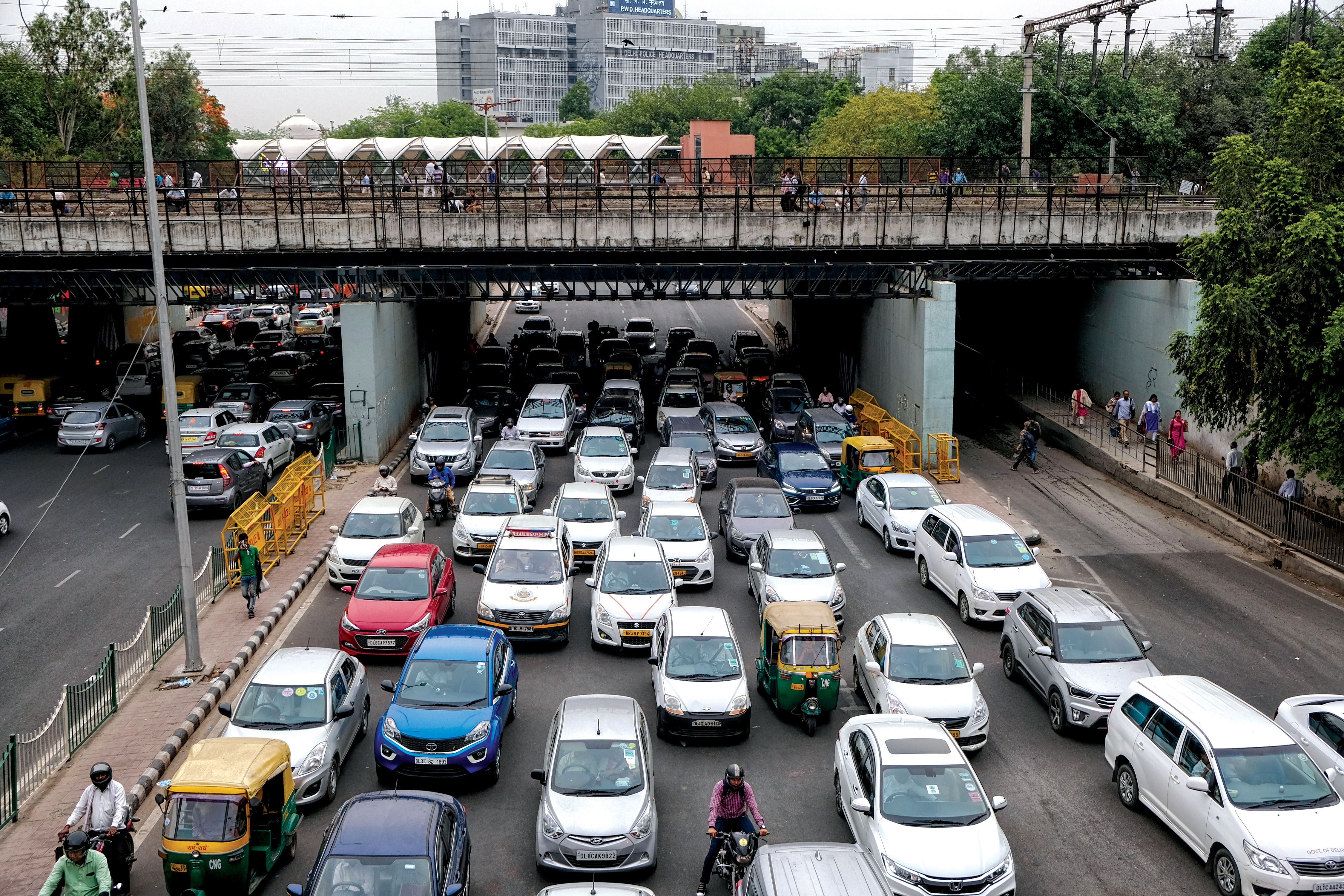How much blame for Delhi’s polluted air can be attributed to vehicles? Patriot talks to an expert to find out
In the middle of the Lok Sabha elections, Union Minister for Road Transport and Highways Nitin Gadkari said that Delhi will be free of all kinds of pollution in three years. He also claimed that the government has taken up projects worth Rs 50,000 crore to decongest Delhi of the massive traffic, therefore leading to decrease in air pollution.
According to a research by Swiss organization AirVisual, the Delhi-NCR was the most polluted region in the world, with an average AQI of 127.4 in 2018. So, how much does the snarling Delhi traffic contribute to this massive pollution in the city? And is Gadkari’s claim to make Delhi pollution free within three years a possibility? To find answers, Patriot heads to Central Road Research Institute and speaks to Ravindra Kumar, Head of the Department of Transportation Planning and Environment.
According to Kumar, since our vehicles have combustion engines, the more these engines run, the more they release harmful gases into the environment. It is these gases that are a major reason for air pollution. According to a study by IIT, vehicles in Delhi are responsible for 25% of the air pollution in the city. So, as the number of vehicles increase in the capital, the more the pollution.

The Delhi Economic Survey 2019 found that there are 1.09 crore vehicles in the city right now, an increase of 6% from last year. So, there are about 7,345 cars every square kilometre in Delhi. According to Kumar, around 50,000 vehicles ply in the city at an average per day. No wonder, with an ever-increasing vehicle population, pollution levels are also on the rise.
Again, Kumar says that there more hydrocarbons are released in the air by two-wheelers, and they cause more pollution than four-wheelers. And Delhi currently has 70 lakh two-wheelers, meaning that 70% of the vehicles here are two-wheelers. Hence, more pollutants are released into the atmosphere making the Delhi air even more hard to breathe.
Again, so many vehicles in the city will lead to huge congestion on the roads, especially during the peak hours: 8-10 am in the morning and 5.30-7.30 pm in the evenings. This congestion leads to traffic jams where the car comes at a standstill. Kumar says that cars tend to move at a very slow speed on the road during peak hours.
In jams, the cars tend to stop or move at a slow pace, what is referred to as snarling movement. So, during this snarling traffic, instantaneous emissions (the amount of emission that comes out of a vehicle in 1/10th of a second) from the vehicles tend to increase. So naturally, when the car is moving at a brisk pace, emissions are less, but as the speed decreases, the instantaneous emission also increases, and thus more pollutants are released in the air during traffic jams and congestions.

It is advisable to turn your car engine off during a traffic jam, but the cars sometimes move so slow, that turning the engine on and off becomes a hassle for the driver, and he just keeps the engine on, releasing more emissions in the air.
Add to all this the amount of trucks that come from different states into the city at night. Kumar says that different states have different emission standards, and sometimes they are higher than that of Delhi. So, they release more pollutants in the air when they come to the city. Drivers have to pay a penalty if the emissions are more.
So, what are the solutions to this ever-growing traffic problem in the city? Infrastructurally, Kumar says that constructing elevated roads and ring roads is viable since the cars can take different routes to reach the same destination, thereby decreasing the congestion on the roads.
Nitin Gadkari claims that by constructing the eastern and western peripheral highways, he managed to reduce the pollution in Delhi by 32%. Kumar agrees that creating such peripheral highways was a welcome step to curb traffic snarls. “The truck traffic coming from different North Indian states now take these peripheral expressways, thus avoiding the streets of Delhi. Studies show the streets are far less congested now,” he says.

However, he adds that they have conducted only one research on the eastern peripheral highway where it was found that pollution has reduced by 7%, contrary to the 32% that Gadkari mentioned.
Apart from these infrastructural developments, Kumar also suggests that citizens need to be more aware. He says that instead of travelling in cars, one can take the Metro – which is well connected and is a much more environment friendly option, since it runs on electricity and not fuel – thus creating very little emissions. Public buses too are an option, he says. “The more people travel on public transport, the less there will be private cars on the road, and the congestion will decrease, leading to a better environment.”
But the question remains, will Delhi be pollution free in three years as Gadkari claims? “I’ve been to Nagpur and seen the amount of rapid development that Gadkari has made in the past five years. If he works at the same pace in Delhi, and the citizens become more aware, this target is very much a possibility,” concludes Kumar.





